Coordinate Geometry
1/28
There's no tags or description
Looks like no tags are added yet.
Name | Mastery | Learn | Test | Matching | Spaced |
|---|
No study sessions yet.
29 Terms
Midpoint Formula (Equation, variable, where it comes from)
M = ((x2+x1)/2 , (y2+y1)/2))
*MUST BE IN () BECUASE IT IS A POINT
The average of the X’s and the average of the Y’s
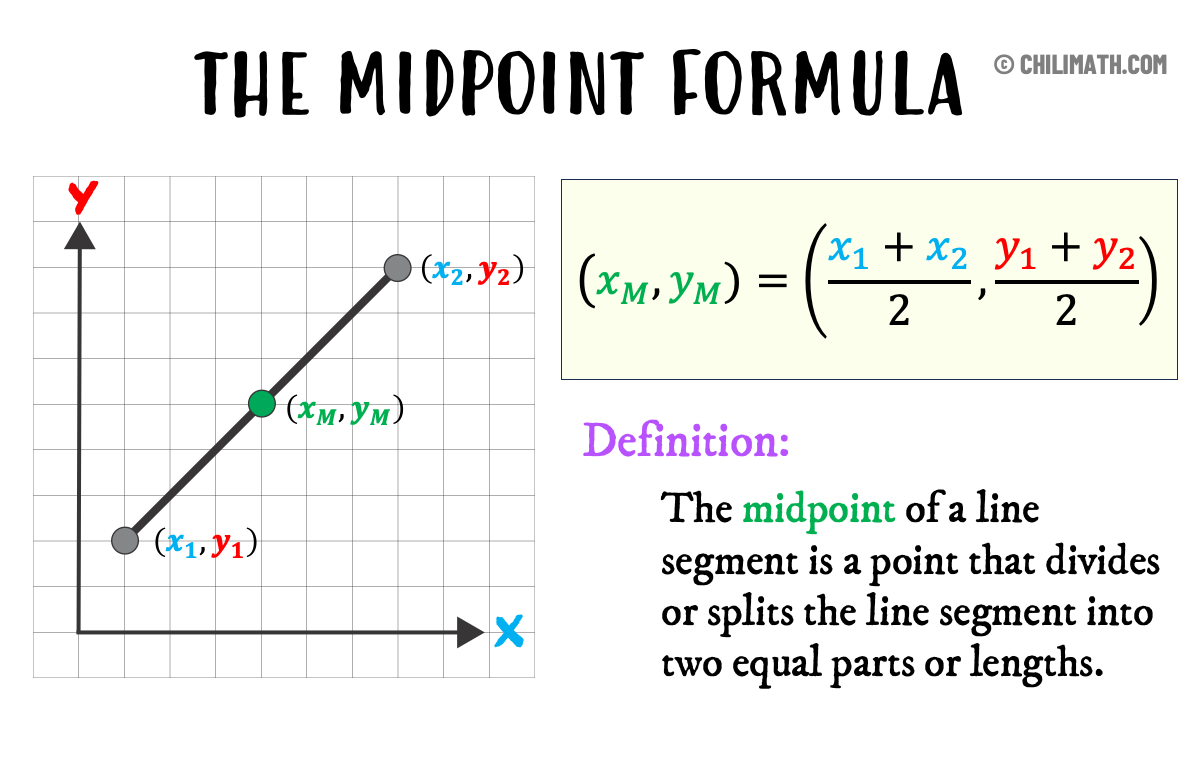
Distance formula (variable, equation, where it comes from)
d = √(x2-x1)² + (y2-y1)²
*DONT FORGET THE SQUARE ROOT SIGN
Comes from: the pythagreom theorem
Used: to find the length of a side
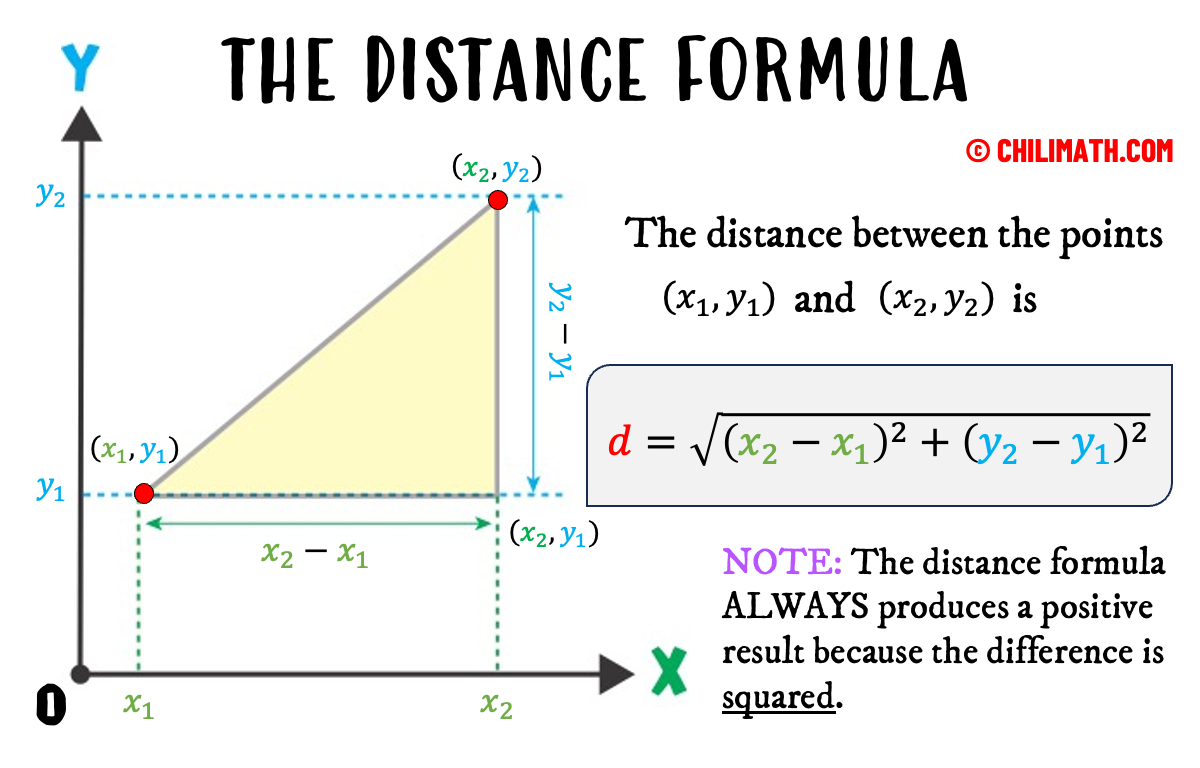
Slope formula (variable, equation)
m = y2-y1/x2-x1
OR: Rise over run
*It doesnt matter what is minus what (2-1 or 1-2) as long as its consistent between y and x
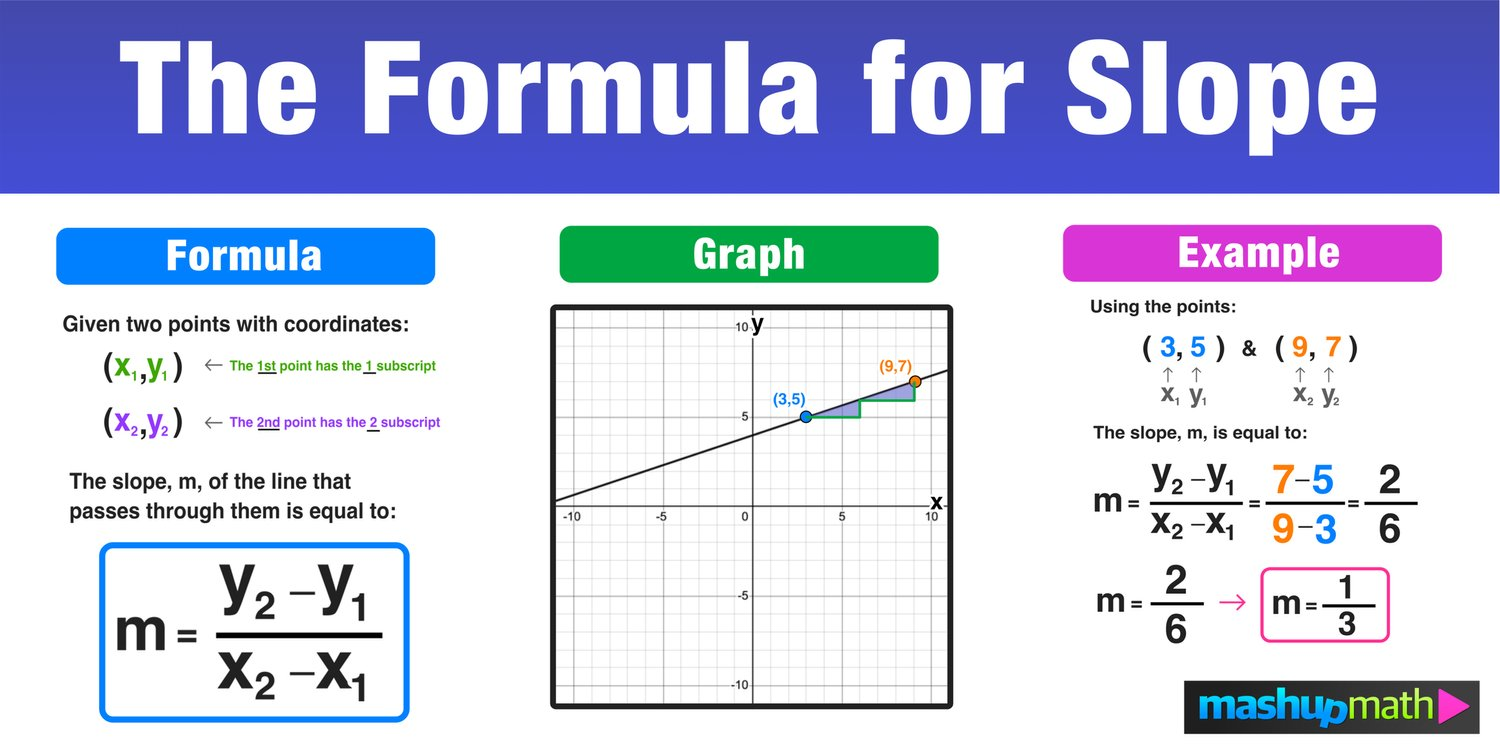
Slope Intersept Form
y = mx + b
x —> the slope
b —> y intercept
Y comes first
Point Slope Intercept Form
y - y1 = m(x - x1)
No clear y intercept
Used when given a point and the slope
Values are placed after the minus sign
ex: if the x value is 5 we would put x-5, if the x value is -5 we would put x+5
Values (x or y) are what is being subtracted

How do we prove two lines form a perpendicular angle?
We can find the slope of each line individually. If the slopes are negative reciprocals they form a right angle.
ex: 1/3 and -3 or -1/2 and 2
What are the 5 Platonic solids and what are they made of (shapes)
Tetrahedron —> 3 triangles
Cube —> 6 squares
Octahedron —> 8 triangles
Dodecahedron —> 12 pentagons
Icosahedron —> 20 triangles

Polygon
Polygons: closed 2-D shapes whose
sides are segments (no curves)
Polyhedra
Polyhedra: closed 3-D shapes whose faces are polygons (no
curves)
What are platonic solids and what is special
Platonic solids = regular polyhedra
AKA: Each is made of one type of polygon
• Each face is a regular polygon
• The same number of faces meet at
each vertex
How to prove a rhombus
To prove a quadrilateral is a rhombus with coordinates, you need to show that all four sides are equal in length and that opposite sides are parallel. You can do this by calculating the distances between vertices using the distance formula and verifying the slopes of opposite sides are equal.
How to prove a parallelogram
To prove a quadrilateral is a parallelogram with coordinates, you can demonstrate that either: both pairs of opposite sides are parallel, or both pairs of opposite sides are congruent, or the diagonals bisect each other, or one pair of opposite sides is both parallel and congruent.
How to prove differrent triangles?
Scalen - use distance formula to find the side lengths, compare them, if all are different it is Scalen
Isoceles - use distance formula to find the side lengths, compare them, if two are the same and one is different than it is Isoceles
Equilateral - use distance formula to find the side lengths, compare them, if they are all the same then it is Equilateral
What are the three ways you can prove a point falls on a line (endpoints of the lines is given)
1) Find the slope use one of the points given to create a port slope formula. Once we have a formula we can plug in the point (we are trying to find if it falls on the line). If the equation is equal/true then it falls on the line, if it does not than it is NOT on the line.
Slope point form
2) Find the slope of the line. Then find the slope of the point (we are trying to find if it falls on the line) and another point. If the slope of the line MATCHES the slope of the point (we are tyring to find) then it falls on the line. If slopes are different it does not fall on the line.
Slope formula
3) Use distance formula to find the distance of the entire segment (line) and the smaller segments (from mystery point to endpoints) add these two smaller segments and compare to the distance of the entire segment. If thery are the same it falls on the line, if they are different it does not fall on the line.
Distance formula
What do we need to prove to prove a parallelogram is a rhombus?
Use DISTANCE FORMULA to check if all sides are equal
Or diagonals are perpendicular bisectors
How to find the perpendicular bisector?
Find the midpoint using the midpoint formula
Find the slope of the line
Find the negative reciprocal of the slope this is the slope of the perpendicular line
draw the line from the midpoint
In a parallelograms, diagonals ____________ eachother
They bisect eachother, meaning they all meet at one point and the midpoint of one diagonal is equivelent to the midpoint of any other diagonal
Area of a rhombus
(d1+d2)/2
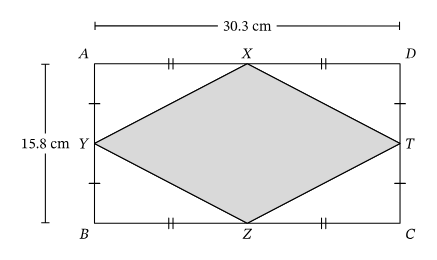
What are the properties of each quadrilateral/how to pove them
Parallelogram
Rhombus
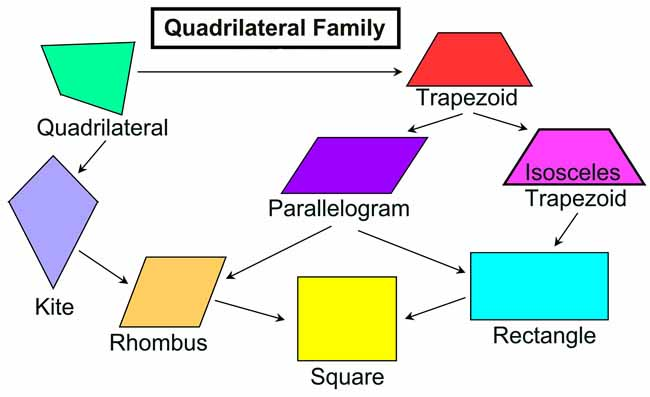
Why do not all shapes form platonic solids
Reasoning behind distance formula

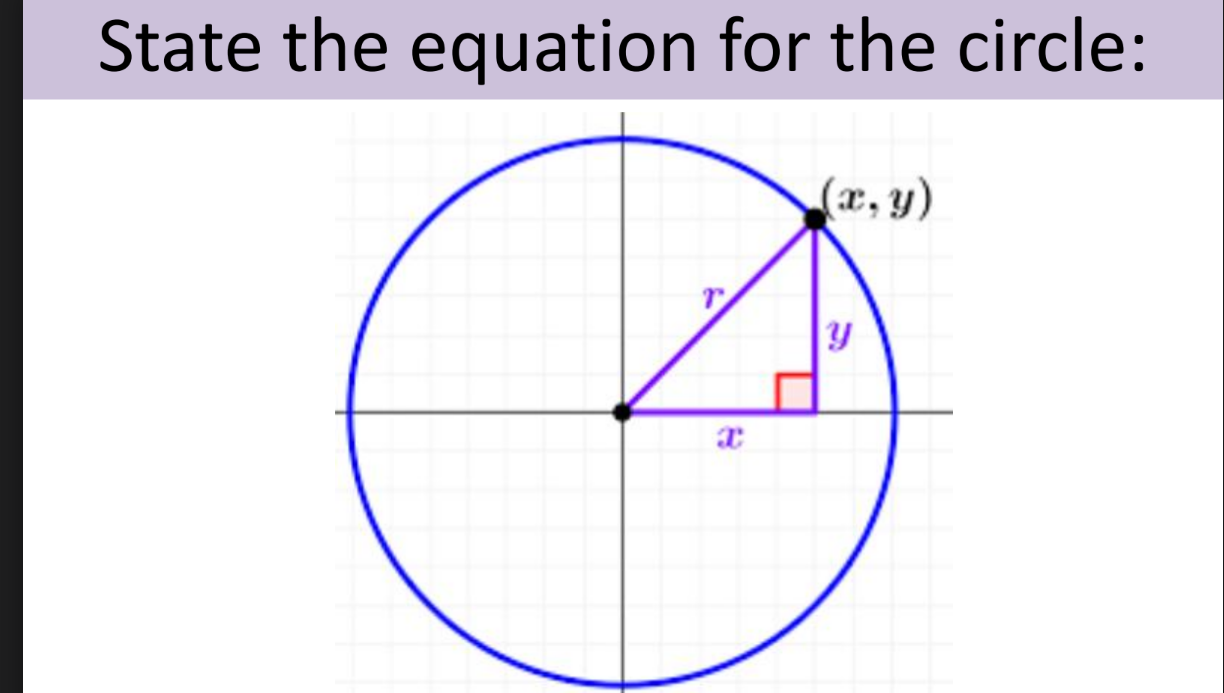



What do we need to dilate a geometric figure
We need to know the center and the scale factor.
Scale factor 0-1 the shape gets smaller
Sale 1 or bigger the shape gets bigger
How to use a compass to dilate
To rotate a set of points we need to know
The center of the rotation and the angle of rotation, as well as the direction counter or counter clockwise of the rotation. A positive angle is counterclockwise after a rotation. The new point is the same distance from the center.
When we rotate 180 around the origin…